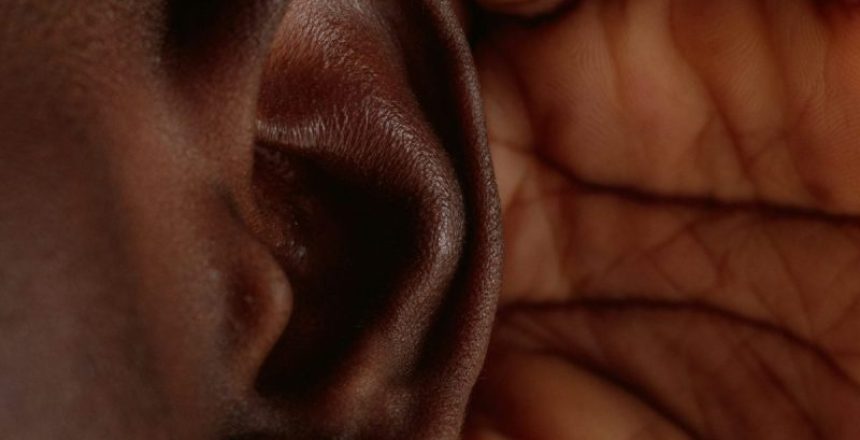
Sounds play a large role in our world. From the siren of an ambulance to a knock at the door, sound constantly informs and alerts us. For most, these auditory cues are sources for providing information, connection, and a sense of safety. But imagine navigating a world where these sounds can not be heard. This is the daily reality for the deaf and hard-of-hearing community, and the challenges they face are often unseen.
One of the difficulties faced by individuals experiencing deafness is the invisibility of hearing loss. Unlike a visual impairment, you can’t always tell if someone has difficulty hearing simply by looking at them. This can lead to awkward and frustrating situations. A person might not respond when their name is called in a crowded place, leading to unfair assumptions of rudeness or inattentiveness. Simple attempts at conversation can be met with blank stares or inappropriate responses, creating unintentional social barriers and leaving the potential for both parties to feel confused and disheartened.
With our society so heavily reliant on auditory communication, deaf and hard-of-hearing individuals can also experience social isolation and anxiety. Activities that many take for granted, like meeting friends in a bustling cafe or attending a crowded event, can become sources of stress and worry. The constant effort required to follow conversations and trying to rely on lip-reading in noisy environments, can be mentally exhausting as well. This fear of miscommunication or misunderstanding, combined with the exhaustive efforts of communication attempts, can lead individuals to withdraw from social situations, creating a sense of loneliness and impacting their self-confidence. Even seeking support for these feelings can present its own challenges, as access to therapists fluent in sign language or experienced in the nuances of hearing loss can be limited.
Those who experience hearing loss later in life not only may experience these feelings of worry and isolation, but also must navigate a complete change in the world they know. The familiar sounds they once knew gradually fade or become distorted, altering their connection to the world. Anxiety may arise about how others will perceive and interact with them with this change in their ability to hear, and this shift can be deeply unsettling, requiring significant emotional and practical adjustments.
Parents of deaf or hard-of-hearing children, particularly those who are hearing themselves, may also grapple with anxieties about their child’s future. With most schools and jobs centered around the ability to hear, some may worry about their child’s success in learning in a hearing-centric education system, their opportunities for employment, and their social integration. The limited opportunities for specialized educational resources and the potential for societal misunderstandings can weigh heavily on their minds.
While challenges can certainly be present, it’s important to remember that those who are deaf or hard-of-hearing are not solely defined by them. Within this community, there is a supportive network built on shared experiences and visual communication. This community offers a sense of belonging and understanding, where communication flows freely through sign language and visual cues. Furthermore, the reliance on visual communication often cultivates heightened visual awareness and an exceptional ability to interpret non-verbal communication – skills that can be valuable assets and are sometimes overlooked in the hearing world.
The unseen challenges faced by the deaf and hard-of-hearing are real and significant, but fostering greater awareness and understanding is the first step towards building a more inclusive and accessible society. By recognizing these hidden struggles and embracing diverse forms of communication, we can bridge the gap between the hearing and non-hearing worlds, creating a space where everyone feels seen, heard, and truly connected.
- Tags: Deaf and Hard-of-Hearing, Deaf Challenges, Inclusive Communication, Your Hearing Dog
